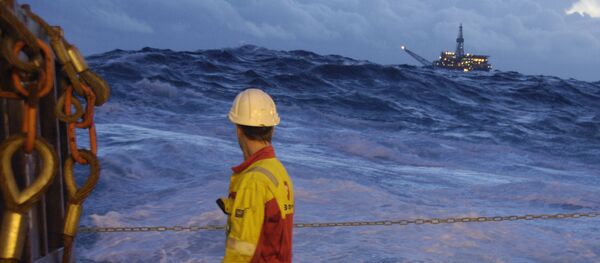Although Norway's continental shelf has been hailed as "the new oil province" and "the new Stavanger" (alluding to the country's breakthrough on the energy market in the 60s), optimism regarding new jobs and revenues has waned markedly in recent years.
According to journalist Erik Lieungh at Norwegian national broadcaster NRK, there is ample explanation for the dwindling hopefulness.
1. Electric cars
However odd and far-fetched it may seem at first glance, the cost of electrification within transportation has fallen considerably. The bubbling interest in electric vehicles has had a detrimental effect on investments in the oil industry.
Another reason is China's increased focus on electric vehicles as a step to improve air quality and get cleaner cities. This emphasis, which is expected to put China into the driver's seat of the electric car market, may prove crucial for the fossil fuel industry as well, as Asia is expected to account for over 70 percent of the world's oil and gas imports by 2040.
2. Uncertainty and lack of incentive
At present, no one in the oil industry has an appetite for any major developments. The simple reason is the uncertainty about how much revenue one can expect for the money invested, oil analyst Torbjørn Kjus at DNB Markets explained.
According to Kjus, the entire industry is hesitant of exactly how much oil will be needed in the future. There are few who would eagerly wait for a decade or so to see the first return on their investments, Kjus ventured, suggesting a maximum waiting period of three years.
3. Sparse infrastructure
Infrastructure, on which the future oil development is dependent, is crucial to even think of possible investments, especially in the Arctic with its harsh conditions and environmental risks.
The Johan Sverdrup oil field is one of Norway's five largest, with expected resources of up to 3 billion barrels. No corresponding findings have been made in the Norwegian part of the Barents Sea.
The Johan Sverdrup partnership has decided to proceed with Phase 2 🔧 + awards FEED contracts ➡ https://t.co/xYg58HpFwB pic.twitter.com/nWwT4javQE
— Statoil (@Statoil) March 21, 2017
4. Fierce competitors
US shale oil production is currently considered to be a rather flexible alternative, especially if oil prices rise. According to the International Energy Agency, the growth in US shale oil and gas production may be the most impressive ever delivered.
This is especially challenging for OPEC countries that would like to gain more control over the prices and the markets themselves. Although Norway is not an OPEC member, it benefits greatly from the organization's push for higher oil prices. At present, however, the market is dominated by cheap oil from the Middle East, Thina Saltvedt, chief analyst at Nordea markets, pointed out.
5. Lower prices
Figures from Rystad Energy indicate that oil companies managed to reduce prices for new development by 16 percent after the oil crisis.
The Johan Castberg field, touted as the next big thing in the upper part of the Norwegian Sea with recoverable reserves estimated at up to 650 million barrels, has reduced prices for supplies and equipment to as low as possible in its bid to achieve a price-effective solution that includes a floating production unit.
Johan Castberg skal ivaretas med forsynings- og helikopterbase i Hammerfest og driftsorganisasjon i Harstad ➡ https://t.co/KHk75V8W1U pic.twitter.com/MYtsw31e19
— Statoil ASA (@StatoilASA) June 26, 2017
According to Saltvedt, previous investments are of the main reasons why the project is being implemented. In new projects, however, elevated risks amid recession may scare off investors.
6. Few finds
Although the common attitude is that more discoveries may unleash a sort of a domino effect, so far the exploration in the Norwegian part of the Barents Sea has yielded unsatisfactory results. So far, just under 150 wells have been drilled in the Barents Sea, as opposed to 1,800 in the North Sea.
This summer's exploration has been assessed as "disappointing" as, for instance, Statoil only managed to map out small gas deposits as part of the well-known Korpfjell field.
@Statoil Korpfjell Well Finds Insufficient Gas for Development https://t.co/6cL2uuC2EZ #offshore #oil #oilandgas #wells #natgas #statoil pic.twitter.com/BrYbRHk54W
— EnerCom, Inc. (@EnerComInc) August 31, 2017



